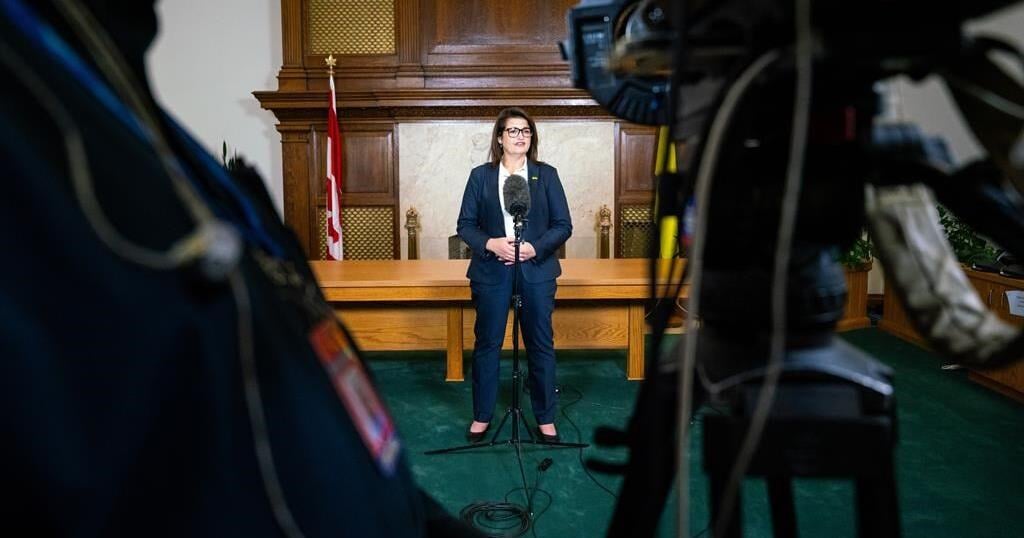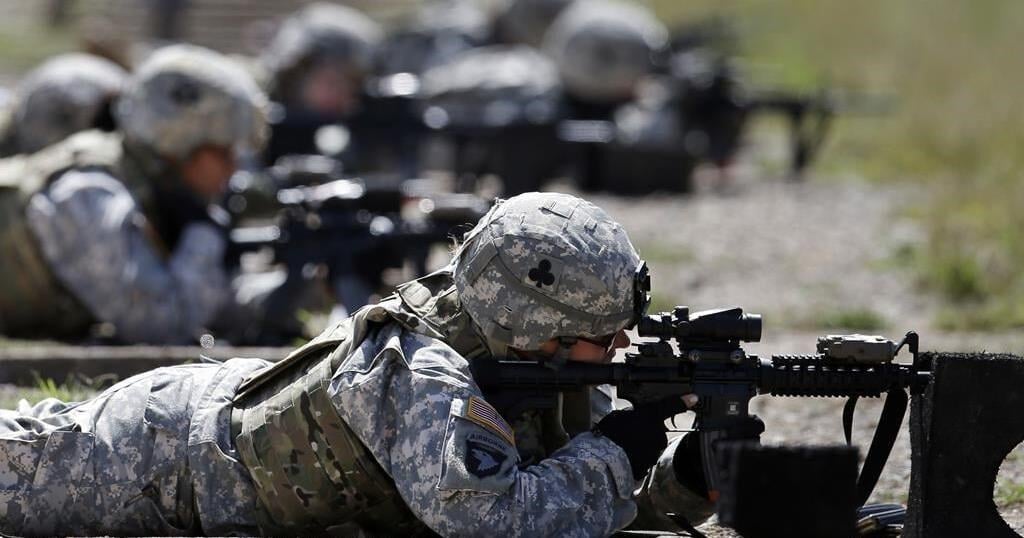REGINA – Two former Saskatchewan Party government members say they are voting for the NDP’s Carla Beck in the provincial election on Oct. 28.
Mark Docherty, who retired from Premier Scott Moe’s government last year and is a former Speaker, says Beck shows strong leadership.`
Docherty says the Saskatchewan Party became insular under Moe and that the premier wouldn’t meet with Docherty to discuss issues.
Glen Hart, a Saskatchewan Party member who retired in 2020, says the party is not what it used to be and has moved more right on the political spectrum.
He says Moe could have spent provincial dollars more wisely and helped fix problems in the health-care system.
Beck says she is thankful for the endorsements and that it’s time for change.
“They’re here to help elect a Saskatchewan NDP government to fix health care, to lower costs and to get Saskatchewan out of last place,” she said in Regina in front of the legislature.
“They know, as we know, this isn’t about Team Orange versus Team Green. This is about Team Saskatchewan.”
Ian Hanna, a speech writer and senior political adviser to former Saskatchewan Party premier Brad Wall, also endorsed Beck.
“I didn’t leave the Saskatchewan Party. The Saskatchewan Party left me,” Hanna said.
He said the party used to be comprised of liberals and conservatives who committed to balanced budgets, quality health care and a strong safety net.
Hanna said the party drifted from its principles when it decided to cut education spending in 2017 and not treat teachers with respect during labour negotiations earlier this year.
He said he also takes issue with Moe using the notwithstanding clause to override certain Charter rights in a law that prevents children under 16 from changing their names or pronouns at school.
“After a string of poor byelection performances, Scott Moe chose to sacrifice the safety of a small but extremely vulnerable group of students for his own short-term political advantage,” he said.
Docherty said the pronoun law was one of the last straws for him.
He said he worked in a youth home with Beck, and they helped young people who had been kicked out of their homes because of their identity.
“This young person identifies as a girl, and we’re going to take her because nobody else will, and we’re going to do our best. By God, we did our best,” Docherty said.
Hart said Saskatchewan’s health system suffered under Moe during the COVID-19 pandemic, when some patients were sent to Ontario.
Hospitals still haven’t recovered, he added.
He said it also didn’t sit well with him when the Saskatchewan Party government broke the law earlier this year by withholding carbon levy payments to Prime Minister Justin Trudeau’s Liberal government.
Moe has said he stopped paying the levy out of fairness, as Trudeau exempted home-heating oil users from paying the levy in a move largely seen as helping those in Atlantic Canada.
“You can debate the carbon tax policy all you want. That’s all fair game,” Hart said.
“But when you start breaking the rule of law, you’re (setting) a poor example.”
Former Speaker Randy Weekes, who quit the Saskatchewan Party earlier this year after accusing caucus members of bullying, has also said he’s supporting the NDP.
This report by The Canadian Press was first published Oct. 17, 2024.

























